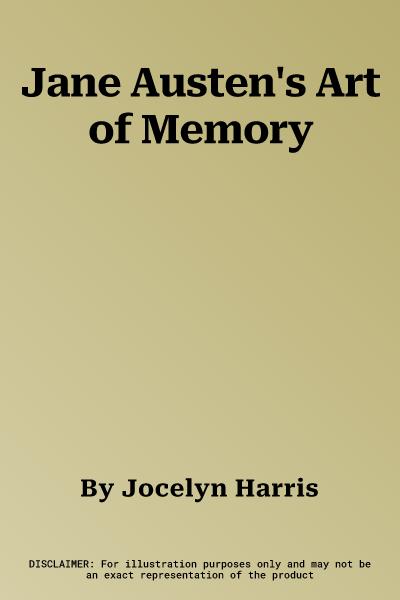Jocelyn Harris
(Author)Jane Austen's Art of MemoryHardcover, 25 August 1989

Temporarily out of stock
Free Delivery
Cash on Delivery
15 Days
Free Returns
Secure Checkout

Print Length
288 pages
Language
English
Publisher
Cambridge University Press
Date Published
25 Aug 1989
ISBN-10
0521363918
ISBN-13
9780521363914
Description
Product Details
Author:
Book Format:
Hardcover
Date Published:
25 August 1989
Dimensions:
21.59 x
13.79 x
2.01 cm
ISBN-10:
0521363918
ISBN-13:
9780521363914
Language:
English
Location:
Cambridge
Pages:
288
Publisher:
Weight:
471.74 gm